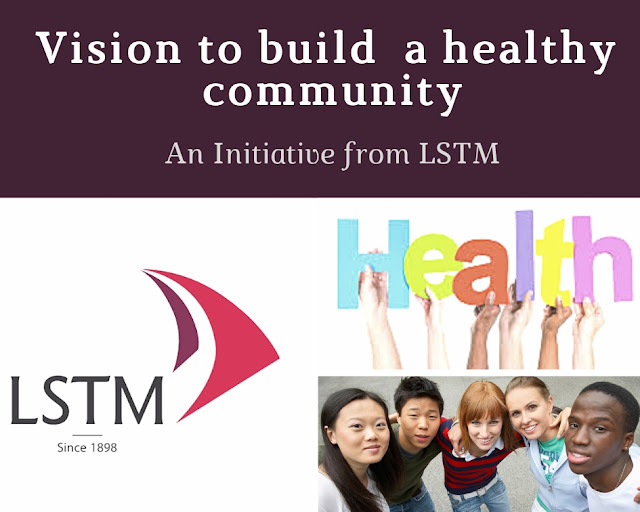LSTM receives grant to help improve health of people living in informal settlements

The Liverpool School of Tropical Medicine (LSTM) has been awarded £11.8 million by the UK government's Global Challenges Research Fund (GCRF) for a grant to help improve the health of people living in informal settlements in low and middle-income countries. The UKRI GCRF Accountability for Informal Urban Equity Hub, or ARISE, will support precarious and marginalised people claim their rights to health and build accountability and capacity to provide them with security and services. LSTM's Professor Sally Theobald is Principle Investigator for the ARISE Hub, she said: "More than half of the world's people live in cities, with one in three of those living in low and middle-income countries doing so in informal settlements, sometimes known colloquially as slums, with inadequate access to services and opportunities to shape decisions about their environment. Our research will support the people in our focal communities to claim their rights to health and well-bei...




